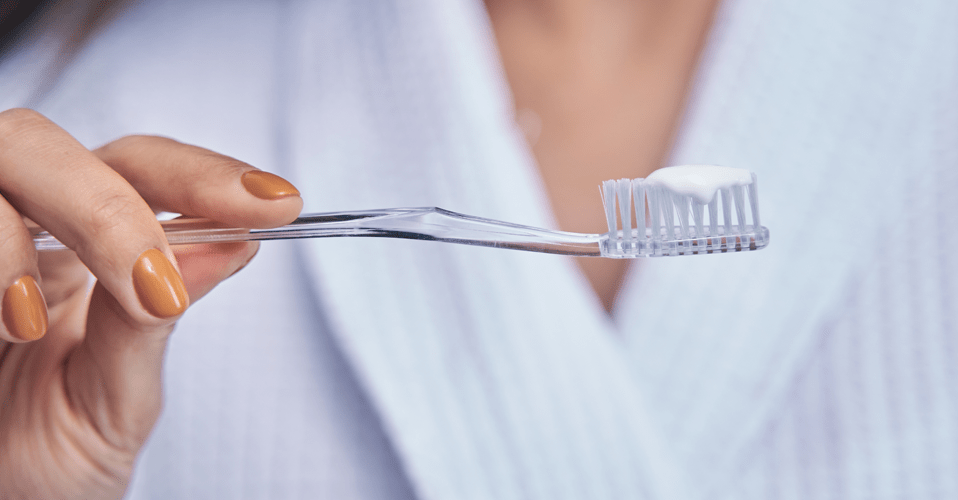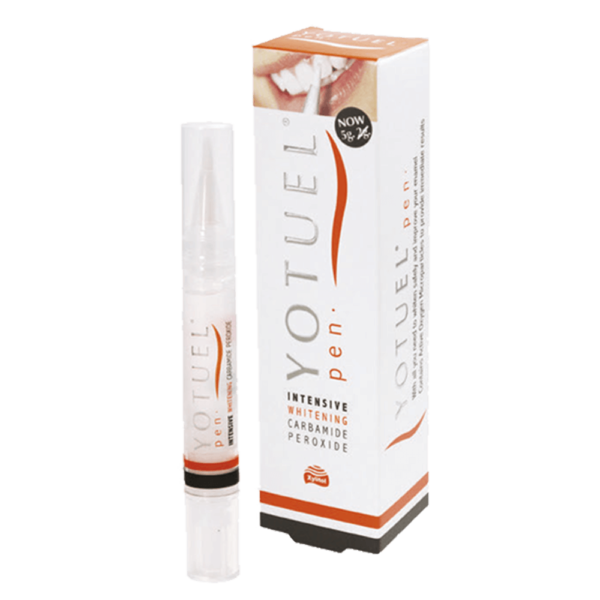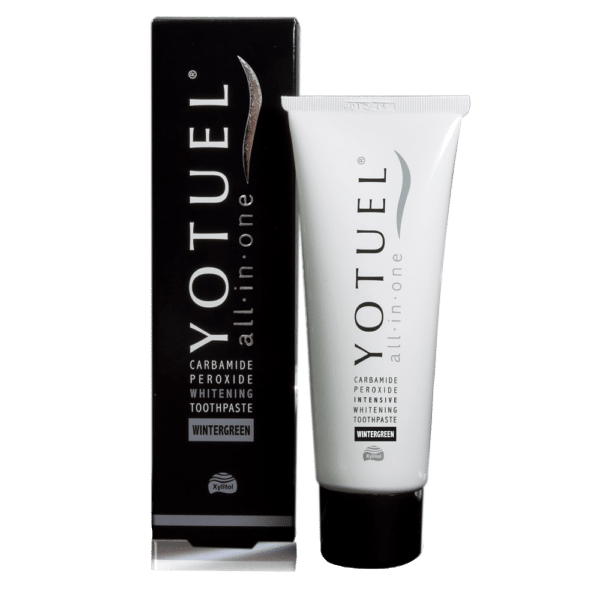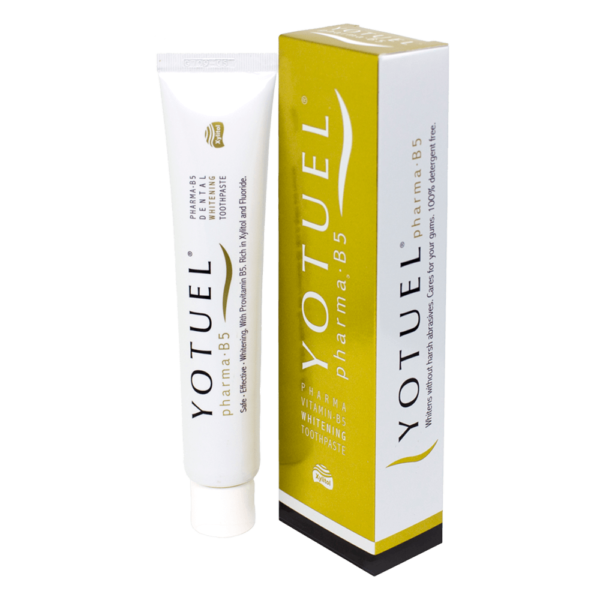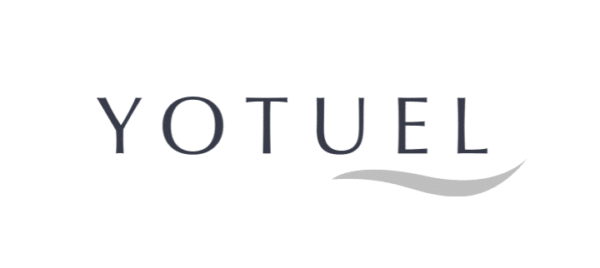Surely you know that to have a good hygiene routine you should brush your teeth after every meal, but do you know what the origin of the toothbrush is, as well as its evolution and transformation?
Various excavations carried out throughout history have shown the existence of dental hygiene utensils since 3000 BC. around the whole planet.
From chewing sticks and tree branches to bird feathers, bones, etc. For example, pencil-shaped tree twigs with soft, fibrous ends were found in ancient Egyptian tombs to clean their teeth. In fact, today some tribes in Africa and Australia still use this type of rudimentary brush.
Origin of the toothbrush
However, the invention of the toothbrush as we know it today is attributed to China in the early 16th century.
These early approaches to today’s toothbrush were made by extracting boar bristles that were sewn onto handles made from bone or bamboo.
This brush evolved with the coats of other animals such as pig, horse, badger … just as the handle began to be made of ivory and wood.
The toothbrush arrives in Europe
But it was not until the seventeenth century when the toothbrush arrived on the European continent after the trip of some English merchants to China.
And despite the fact that in the beginning it was not well received because the bristles were considered hard and annoying, as well as because other oral hygiene routines already existed, little by little it was introduced in Europe.
Although in its early years it was a tool of kings and elite due to its cost, the passage of time led to mass manufacture and in the 18th century it became more popular.
With the arrival of the 20th century, nylon appeared in 1930, replacing animal hair. Its resistance, flexibility and better adherence to the handle made it the material of choice for this new evolution of the toothbrush.
Thus, in 1950 came the toothbrush as we know it today. With softer bristles, this latest version had a much cheaper cost, making it accessible to the entire population.


